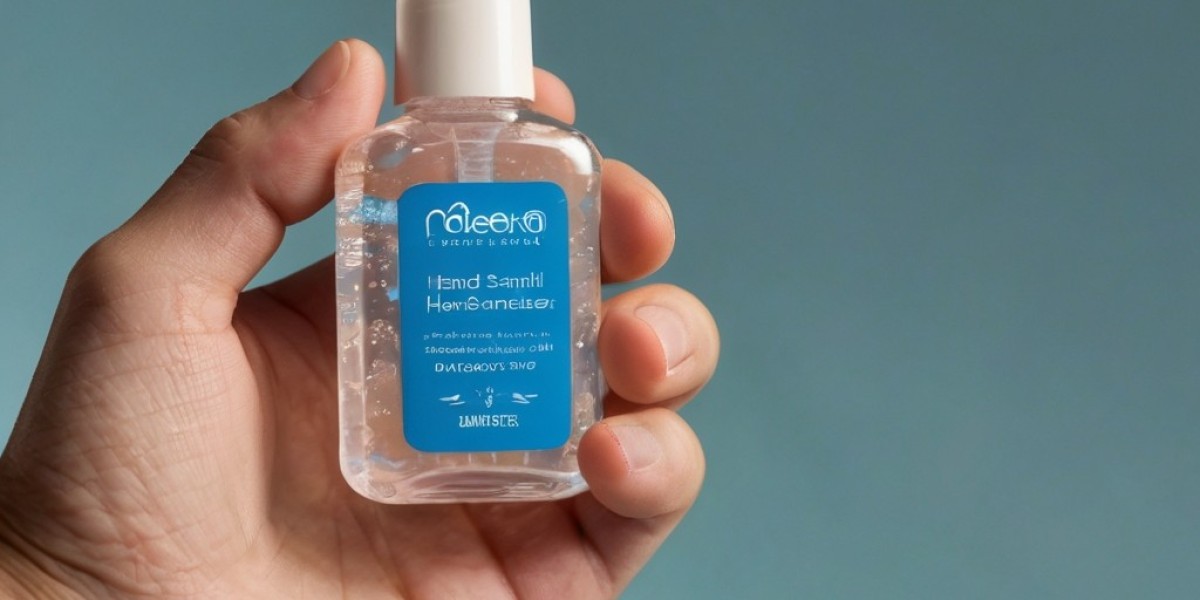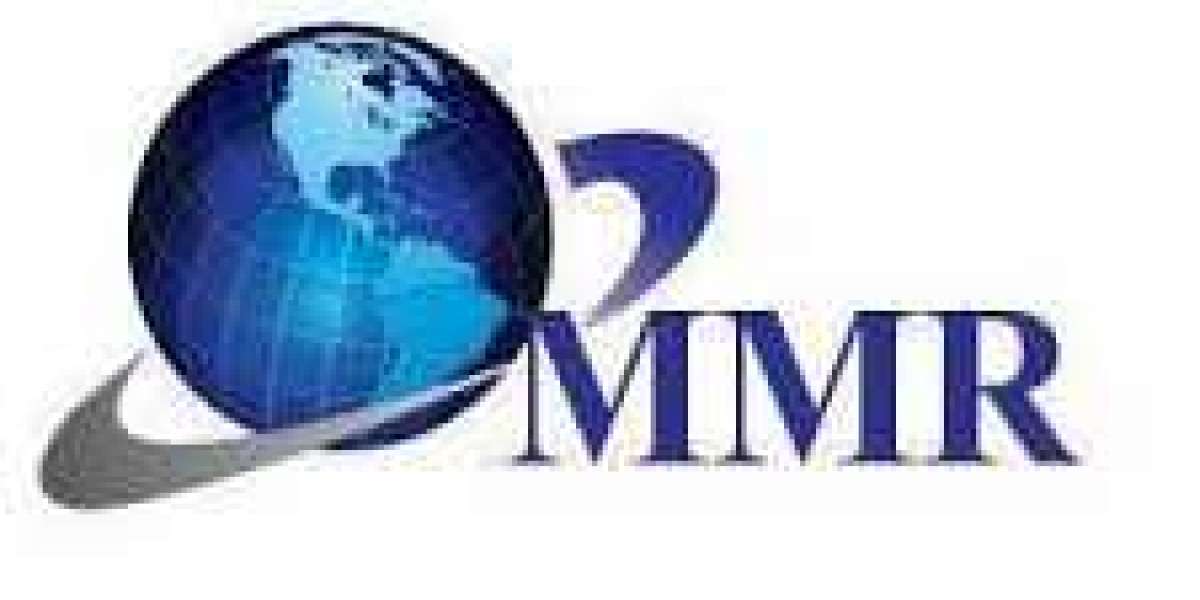As we enter 2024, the global Hand Sanitizer Market continues to be a major player in the personal care and hygiene industry. Having experienced explosive growth during the COVID-19 pandemic, the demand for hand sanitizers has become more stable but remains strong. The market share, estimated to reach approximately USD 5 billion by the end of 2024, is divided among several key players, product types, and geographic regions. Understanding how this market share is distributed helps illustrate the trends driving the industry forward.
Key Market Players and Competitive Landscape
The hand sanitizer market is highly competitive, with several established brands as well as new entrants vying for market share. Leading companies such as GOJO Industries (makers of Purell), Reckitt Benckiser (makers of Dettol), Procter & Gamble, and Unilever hold a significant portion of the global market. These large players benefit from their strong distribution networks, established brand trust, and continuous investment in product innovation. Smaller, regional brands also play an important role, especially in emerging markets where they offer more affordable and locally tailored options.
Segmentation by Product Type
In 2024, the hand sanitizer market is divided into various product segments, including gel-based, foam, spray, and wipes. Gel-based sanitizers continue to dominate the market, holding the largest share due to their effectiveness, ease of use, and consumer familiarity. Foam and spray sanitizers, however, are growing in popularity, particularly among consumers looking for lightweight and less sticky alternatives. Hand sanitizer wipes, on the other hand, are favored in travel and outdoor settings, where they offer convenience and portability. Each product type appeals to different consumer preferences, which helps diversify market share distribution.
Alcohol-Based vs. Alcohol-Free Sanitizers
Alcohol-based hand sanitizers, containing ethanol or isopropyl alcohol, are the most commonly used and account for the majority of market share due to their proven effectiveness in killing germs and bacteria. These sanitizers, with at least 60% alcohol content, are widely recommended by health authorities and dominate both individual consumer and institutional markets.
However, alcohol-free hand sanitizers are gaining traction, particularly in segments like children’s care, sensitive skin products, and eco-friendly alternatives. These sanitizers use other active ingredients, such as benzalkonium chloride, to kill germs without the drying effects of alcohol. Though still a smaller segment, the alcohol-free category is expected to carve out a larger portion of the market share in 2024 as consumer demand for gentle, non-alcoholic options grows.
Regional Market Share Breakdown
Geographically, North America and Europe continue to hold the largest shares of the hand sanitizer market. North America, in particular, benefits from strong consumer awareness and widespread adoption of hygiene practices, especially in schools, workplaces, and healthcare settings. The U.S. is the largest contributor in this region, with leading brands and innovation driving the market.
Asia-Pacific is the fastest-growing region, with countries such as China, India, and Japan contributing to a rapid increase in demand. Rising middle-class populations, urbanization, and heightened health awareness in the region are key factors driving this growth. By the end of 2024, Asia-Pacific is expected to hold a significant share of the market, challenging the dominance of North America and Europe.
Emerging Trends Shaping Market Share
Sustainability is a growing concern for consumers, and companies that prioritize eco-friendly packaging and natural ingredients are gaining market share. Additionally, e-commerce is playing an increasingly important role, as more consumers opt for the convenience of buying sanitizers online. Direct-to-consumer brands are leveraging digital platforms to capture a portion of the market share previously dominated by traditional retail channels.
For More Info: - https://www.gmiresearch.com/report/hand-sanitizer-market/
Conclusion
The hand sanitizer market share in 2024 is shaped by several factors, including product type, consumer preference for alcohol-based or alcohol-free options, and regional demand. Major players continue to dominate the market, but rising trends like sustainability and e-commerce are opening opportunities for new entrants. With a global market share expected to reach USD 5 billion, the hand sanitizer industry remains an essential and evolving sector in the world of personal hygiene.



